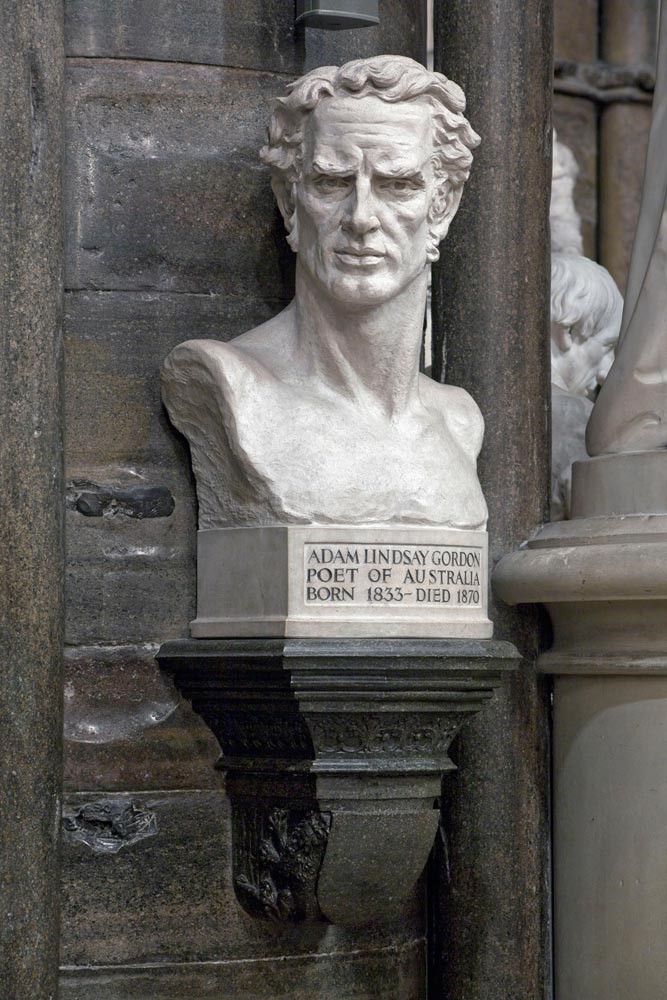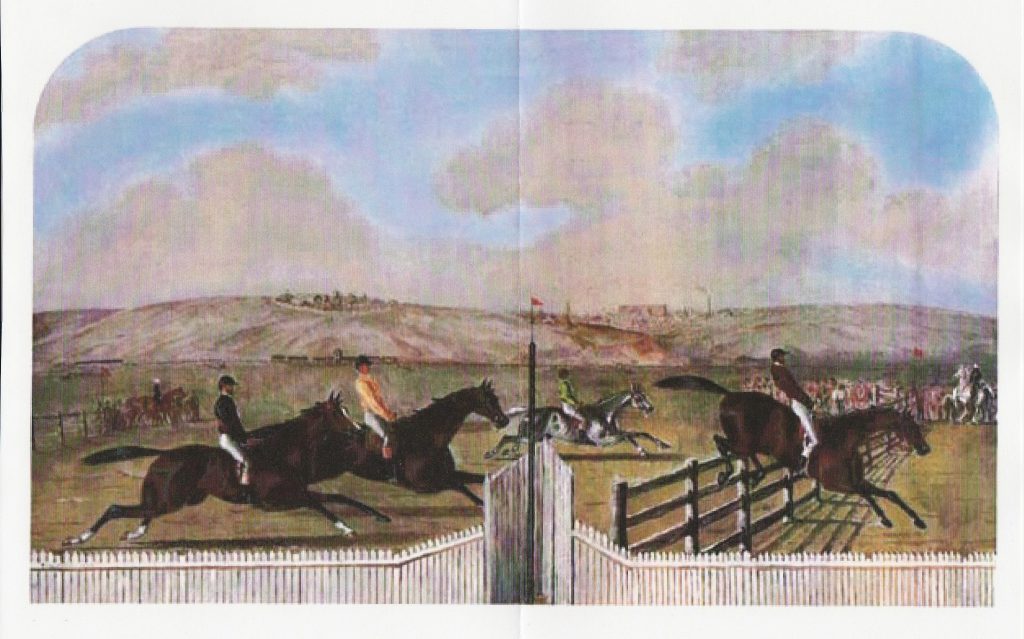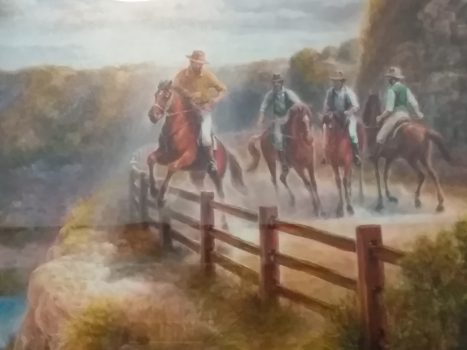On Friday 5 August 1859, less than two years after her maiden voyage from Scotland, the 209-ton iron-hulled screw steamer Admella departed Port Adelaide just before sunrise on a cold and grey winter morning at 5.30 am, on her usual voyage to Melbourne, under command of an experienced Captain Hugh McEwan. On board were 81 passengers (including 19 women and 18 children) plus a crew of 28 including one woman, a stewardess, and a cabin boy, aged 14. The ship was also carrying a cargo of copper cakes and ingots from the Kapunda mine, plus general cargo.
Also on board, in horse stalls secured on the deck, were six horses, including three racehorses destined for the Championship Stakes in Melbourne (forerunner of the Melbourne Cup).
After rounding Schnapper Point into Gulf St Vincent and the main shipping lanes in and out of the port, known as the Semaphore Roads, a stop was made at the Semaphore Anchorage to pick up three more passengers and a fireman, bringing the total complement on board to 113.
The waters in the gulf were calm that morning and passengers chatted on deck, where the horses became a topic of conversation. About 1 pm the Admella changed course, taking her departure from the Cape Willoughby light on the easternmost tip of Kangaroo Island, steering south-east by south, the same course the captain had taken on his previous voyages to Melbourne.
After leaving the shelter of Kangaroo Island, the Admella was confronted with the first heavy swells of the Southern Ocean. The discomfort of the rolling ship forced passengers below decks but for the horses, being transported in makeshift stalls on the deck, the motion must have been especially uncomfortable. They became quite distraught, being unable to counter the ship’s movement, and one horse was so agitated that he lost his footing on the rolling deck and fell in the stall unable to right himself.
About 3 pm, Captain McEwan ordered a change of course to starboard, away from the coast, so the ship was meeting the waves head on, and reduced speed to four or five knots. This enabled the deckhands and grooms to help the horse back on to his feet using a blanket as an improvised sling. The ship then resumed its previous course for Portland Bay, steaming parallel to shore but further out to sea.
At 4.45 am Saturday, the captain felt the ship’s keel graze the reef, and a following swell lifted her a further 20 or 30 metres on to the reef. Captain McEwan immediately ordered the engines stopped and the boats to be readied for launching. Passengers were hurried up on deck and huddled on the high side of the poop deck. One of the lifeboats was swamped and washed away as the ship fell on its port beam, the other was smashed by the falling funnel and rigging. A small boat on the starboard quarter, high out of the water, had its tackle tampered with by a distraught passenger and it fell end on, smashing its transom.
Within 15 minutes, the Admella had broken into three sections. For those on board it was the beginning of a horrific week, in mid-winter, at the mercy of the elements, as they clung to the wreck with pounding surf washing over them; or slipped to their death from cold and exhaustion. They could see the shore but could not reach it. Several tried and were either drowned or washed out to sea. They had no water and the captain shared out what little food they could retrieve.
A new book, Reef of despair: the story of the SS Admella, is being prepared for publication and will be available soon, describing the tragedy, then the colony’s worst maritime disaster, and the rescue attempts.












